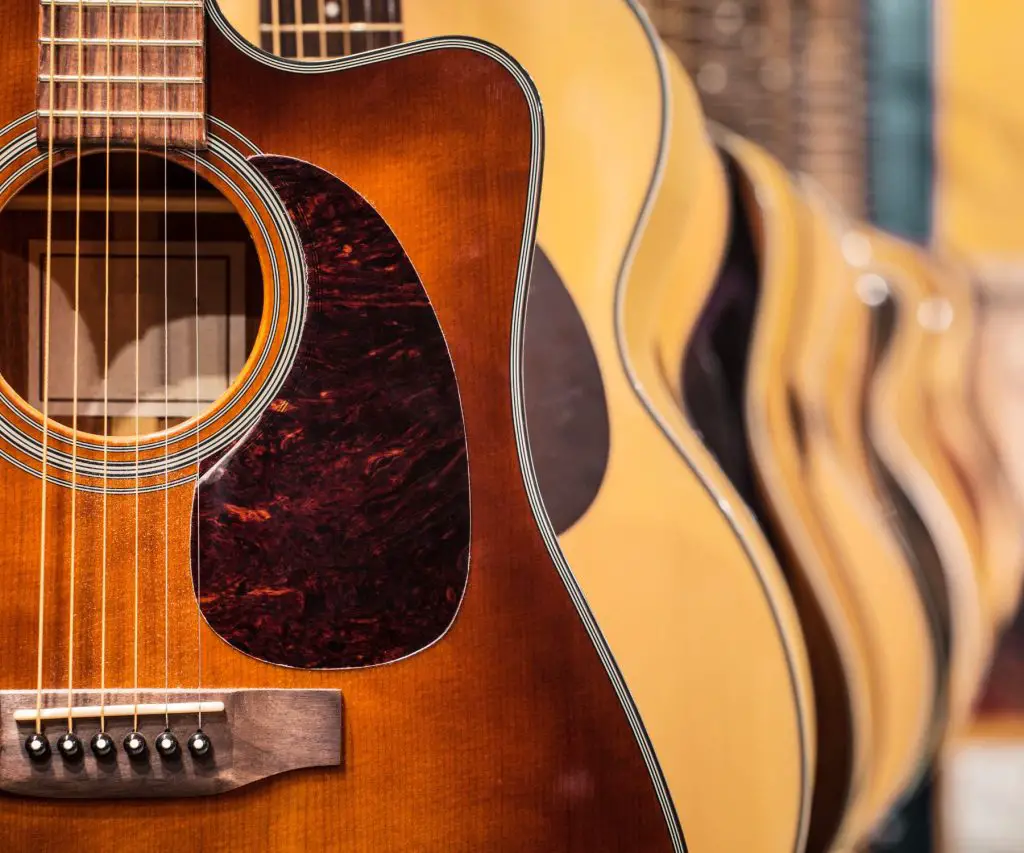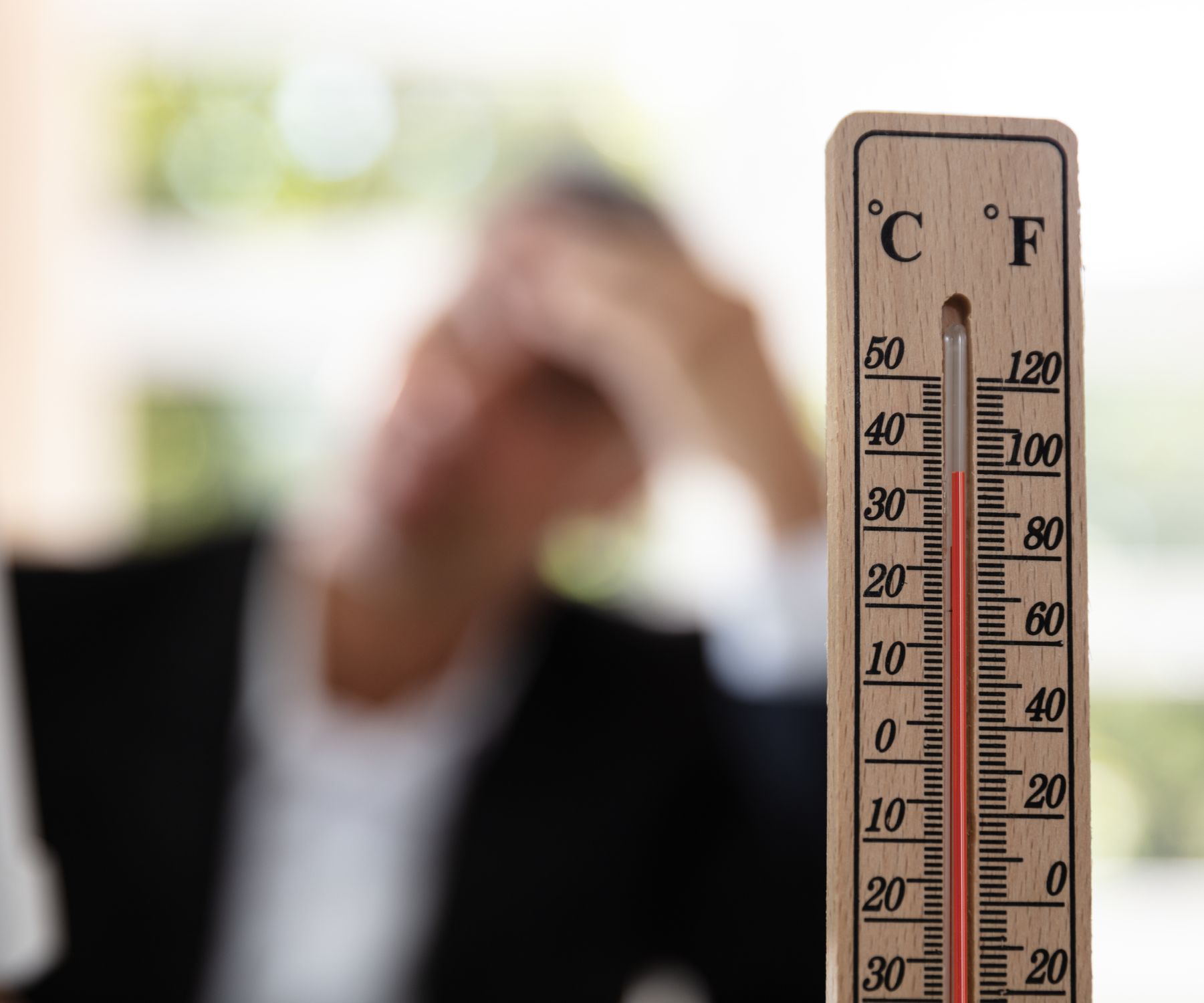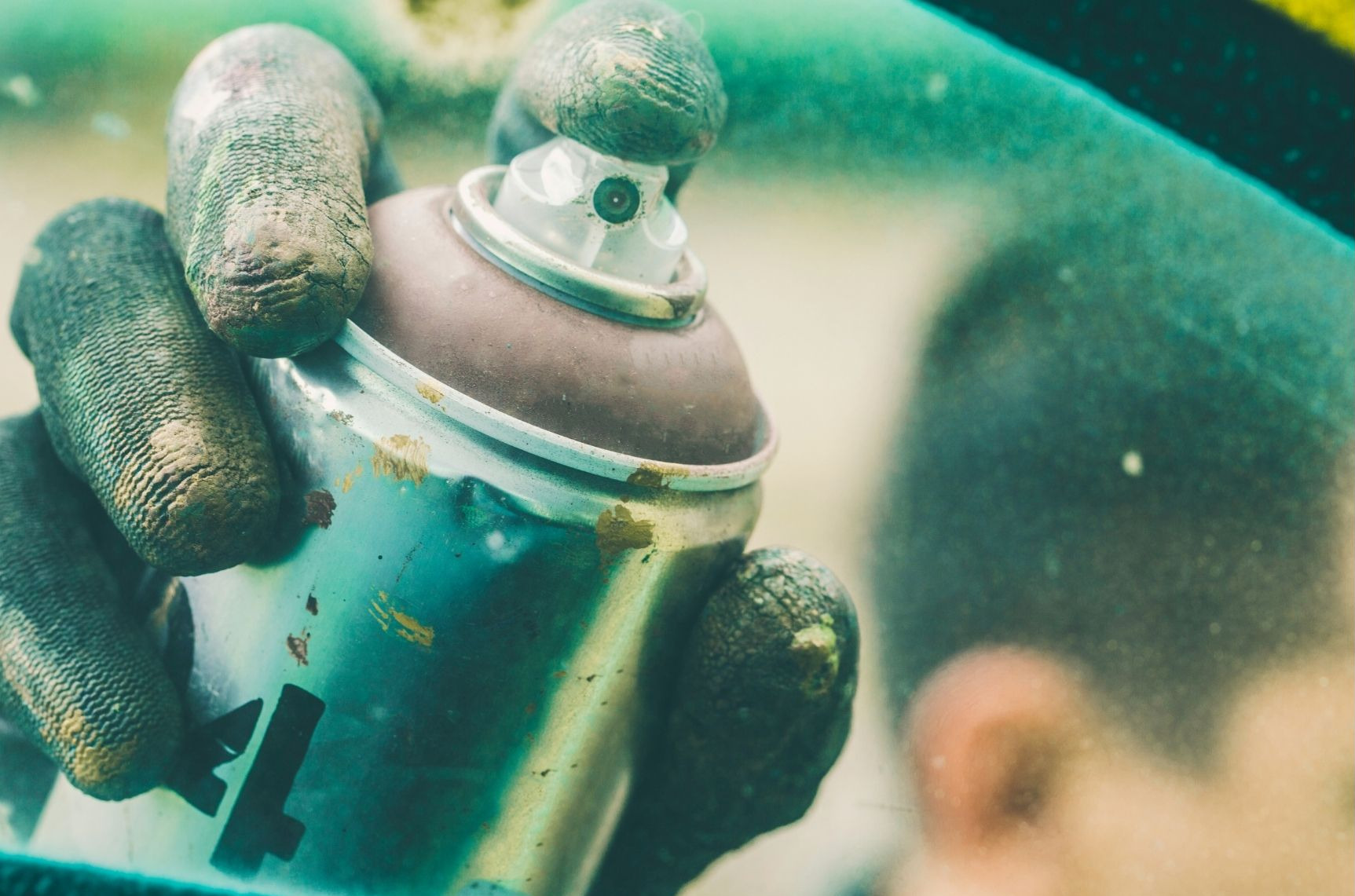Table of Contents
Are Humidifiers Good for Furniture or Musical Instruments?
Yes, using a humidifier can absolutely help protect wood furniture and musical instruments from the drying and damaging effects of low humidity.
This is because wood is hygroscopic, meaning it naturally absorbs and releases moisture.
The moisture content in wood keeps it structurally sound, flexible, and dimensionally stable as humidity levels change. When humidity gets too low, wood starts to dry out, shrink, and crack, which can ruin wood furnishings and instruments.
 Why Does Wood Need Humidity?
Why Does Wood Need Humidity?
Wood contains moisture within its cellular structure. This inherent moisture is what keeps wood from drying out and becoming brittle. As a hygroscopic material, wood absorbs and releases moisture in response to changes in the surrounding relative humidity.
The moisture enables the wood to expand and contract with fluctuating humidity levels without cracking or distorting. It also allows the wood to flex rather than snap when under stress or strain.
If the wood loses too much of its moisture content due to very dry air, the wood cells shrink and collapse. This makes the wood rigid and more prone to cracking and splitting. Low moisture content also causes wooden joints to come apart and veneers to detach.
The Problems Low Humidity Causes with Wood
Prolonged exposure to low relative humidity levels below 30% can wreak havoc on wood furnishings and instruments. Here are some of the most common problems low humidity causes with wood items:
- Cracking or splitting of wood surfaces, joints, veneers and inlays
- Loosening of joints and glued pieces
- Warping and distortion of wooden pieces
- Structural damage and loss of physical integrity
- Detaching of bridges on stringed instruments
- Fret lifting from fretboards on guitars
- Cracking of soundboards on pianos, guitars and violins
On stringed instruments, low humidity can shrink wooden parts like the bridge, fretboard, neck and pegs.
This can alter string alignment and playability. With pianos, very dry conditions can crack the wooden soundboard and pinblock which destroys the tone and function.
Low moisture content literally causes the woods cells to shrink, weaken and fall apart.
What Are the Ideal Humidity Levels for Wood?
For optimal health and integrity, wood furniture and instruments should be kept within a relative humidity range of 40-60%.
Here’s a breakdown of ideal humidity ranges:
| Relative Humidity Range | Effects on Wood |
|---|---|
| Below 30% RH | Wood is prone to serious drying, shrinkage and damage |
| 30-45% RH | Wood may start to dry out but generally remains stable |
| 40-60% RH | Ideal humidity range for wood preservation |
| Above 70% RH | Wood may expand, warp and be susceptible to mold |
Are Humidifiers an Effective Solution ?
Yes, humidifiers are an excellent way to maintain proper humidity levels and prevent drying damage to wood furnishings and instruments.
Here are reasons why humidifiers are an effective solution:
- Humidifiers safely add moisture to the air to increase low humidity
- Whole-house humidifiers protect all indoor wood from overly dry conditions
- Portable humidifiers can help protect specific items like a piano or antique furniture
- Humidistats allow adjusting humidifiers to maintain a 40-60% RH setpoint
- By raising humidity when it drops too low, humidifiers prevent cracking and damage
Choosing the Right Humidifier for Wood Instruments and Furniture
Selecting the ideal humidifier to protect wood instruments and furniture is crucial for preserving their quality and longevity. Given the specific needs of wood in maintaining its moisture content, certain types of humidifiers stand out for their efficacy and gentle humidification process. Here are key considerations when choosing a humidifier for wood care:
1. Evaporative Humidifiers: The Gentle Choice
Evaporative humidifiers are often recommended for wood items because they provide a gentle increase in humidity. These devices use a natural wicking filter to absorb water from a reservoir, which is then evaporated into the air by a fan. This process closely mimics natural evaporation, offering a more controlled and gradual humidification that is ideal for sensitive wood items such as musical instruments and fine furniture.
2. Ultrasonic Humidifiers: Fine Mist for Delicate Items
Ultrasonic humidifiers can also be suitable, especially for smaller rooms or specific areas where prized wood items are kept. They use high-frequency vibrations to create a fine mist that is silently released into the air. This type of humidifier is known for its quiet operation and the ability to adjust mist levels, allowing for precise humidity control around sensitive wood objects.
3. Hygrometer Integration: Essential for Monitoring
Regardless of the type, it’s vital that the humidifier includes or is used in conjunction with a hygrometer—a device that measures the humidity level in the air. This ensures that the humidity around your wood instruments and furniture stays within the ideal range of 40-60% RH, preventing the adverse effects of both under- and over-humidification.
4. Size and Placement Considerations
The size of the humidifier and its placement are also important. For individual items or smaller rooms, a portable ultrasonic or evaporative humidifier might be sufficient. However, for larger spaces or multiple items, a more robust system or multiple units may be required to achieve even humidity distribution.
Essential Humidifiers for Guitars and Violins
Maintaining optimal humidity levels is essential for the preservation of wooden string instruments such as guitars and violins. These instruments are particularly sensitive to changes in humidity, which can impact their sound quality, playability, and structural integrity.
Specialized humidifiers designed for musical instruments are smaller and more precise compared to standard room or home humidifiers.
They are crafted to work within the instrument’s case or directly inside the instrument itself, providing targeted humidification to protect the delicate wood from the adverse effects of too low or too high humidity levels.
Whether you’re a guitarist or a violinist, understanding the right humidification solution can make a significant difference in maintaining the health and longevity of your cherished instrument.
Guitar Humidifiers
1. Soundhole Humidifiers
Designed to be placed directly into the guitar’s soundhole, these humidifiers consist of a moisture reservoir that slowly releases moisture, protecting the wood from drying out.
2. Case Humidifiers
These maintain the proper humidity level within a guitar case, providing an overall humid environment for the guitar when stored.
3. In-Case Room Humidifiers
For guitars kept in a room without a case, these humidifiers help maintain a stable humidity level in the space where the guitar is displayed or stored.
4. Two-Way Humidification Systems
Ideal for fluctuating humidity levels, these systems add or absorb moisture as needed to keep the guitar wood stable at the ideal humidity level.
Violin Humidifiers
1. Dampit Humidifiers
Traditional and widely used, Dampit humidifiers are inserted through the f-hole into the violin, slowly evaporating moisture to increase humidity inside.
2. Case Humidifiers
Designed for violin cases, these humidifiers come in various forms and are meant to slowly release or absorb moisture, maintaining a stable humidity level.
3. In-Case Hygrometer Systems
Combining a humidifier with a hygrometer, these systems are invaluable for monitoring and maintaining consistent humidity levels within the violin case.
4. Two-Way Humidity Control Systems
Similar to those for guitars, these systems maintain a constant relative humidity level and are typically used in violin cases for hassle-free maintenance.
Tips for Using Guitar and Violin Humidifiers
- Always use a reliable hygrometer to monitor humidity levels.
- Avoid over-humidification to prevent swelling or mold growth.
- Regularly maintain your humidifier to ensure it remains clean and functional.
In summary, humidifiers are an extremely effective solution for protecting wood furniture, instruments, antiques and other cherished items from drying out and cracking in low humidity.
Maintaining humidity between 40-60% RH with whole house and portable humidifiers preserves the moisture content wood needs to stay structurally intact and prevent damage.
Humidifiers regulate humidity levels to safely add just the right amount of moisture during dry seasons. Investing in the proper humidification provides peace of mind that precious wood possessions will be properly preserved for years to come.









